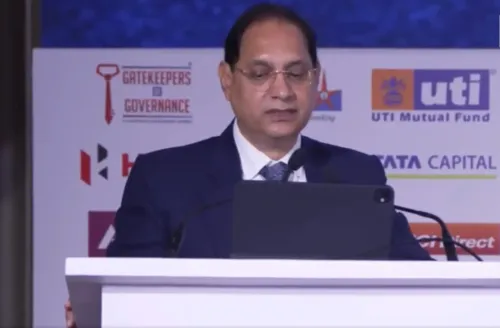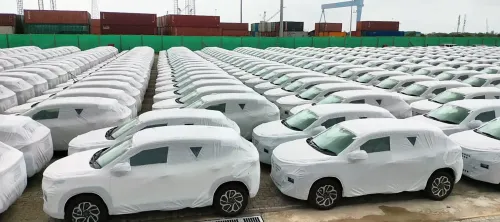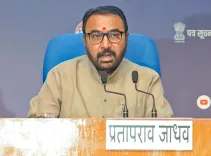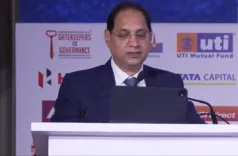How is Stalin Enhancing Living Conditions for Sri Lankan Tamils?
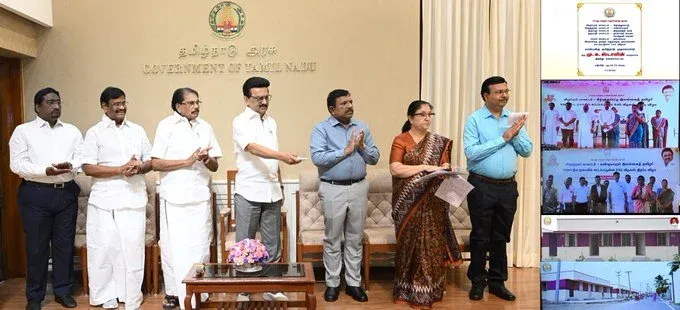
Synopsis
Key Takeaways
- 729 new homes inaugurated for Sri Lankan Tamils.
- Located in five Tamil Nadu districts.
- Part of a larger rehabilitation initiative.
- Over 3,510 houses planned for construction.
- Government aims to improve quality of life for refugees.
Chennai, July 7 (IANS) In a crucial move aimed at enhancing the living standards of Sri Lankan Tamils residing in Tamil Nadu, Chief Minister M.K. Stalin inaugurated 729 newly-constructed homes in rehabilitation camps across five districts on Monday.
The inauguration was facilitated through a video conference from the State Secretariat, attended by Revenue and Disaster Management Minister K.K.S.S.R. Ramachandran and Chief Secretary N. Muruganandam.
These houses, constructed at a cost of Rs 38.76 crore, are situated in refugee camps located in Villupuram, Tiruppur, Salem, Dharmapuri, and Virudhunagar districts.
Part of a larger rehabilitation initiative by the Tamil Nadu government, which was announced under Rule 110 in the state Assembly in August 2021, this project aims to enhance infrastructure and living conditions within Sri Lankan Tamil camps throughout the state.
As outlined in the government's long-term strategy, a total of 3,510 houses are planned to be built at an estimated cost of Rs 180.34 crore across 35 rehabilitation camps. To date, 2,781 houses in 32 camps across 18 districts have been completed and handed over to beneficiaries.
The state has also initiated additional infrastructure improvements in these camps to elevate the quality of life, which includes the construction of new internal roads, upgraded electricity lines, and enhanced drinking water supply facilities, with the total cost for these civil works amounting to Rs 7.33 crore.
An official statement indicated that the rehabilitation program reflects the DMK government's commitment to ensuring a dignified life for Sri Lankan Tamils who have been living in 67 government-run camps across 26 districts of Tamil Nadu for decades due to the ethnic conflict in their homeland.
During the inauguration, the Chief Minister reaffirmed his administration's dedication to supporting refugee communities through better housing, access to essential amenities, and welfare initiatives. He emphasized the significance of integration and inclusion, allowing displaced individuals to live with dignity and security. The ongoing rehabilitation efforts are viewed as a leading model in refugee welfare, merging humanitarian aspects with infrastructural development, receiving commendation from human rights observers and community leaders.

